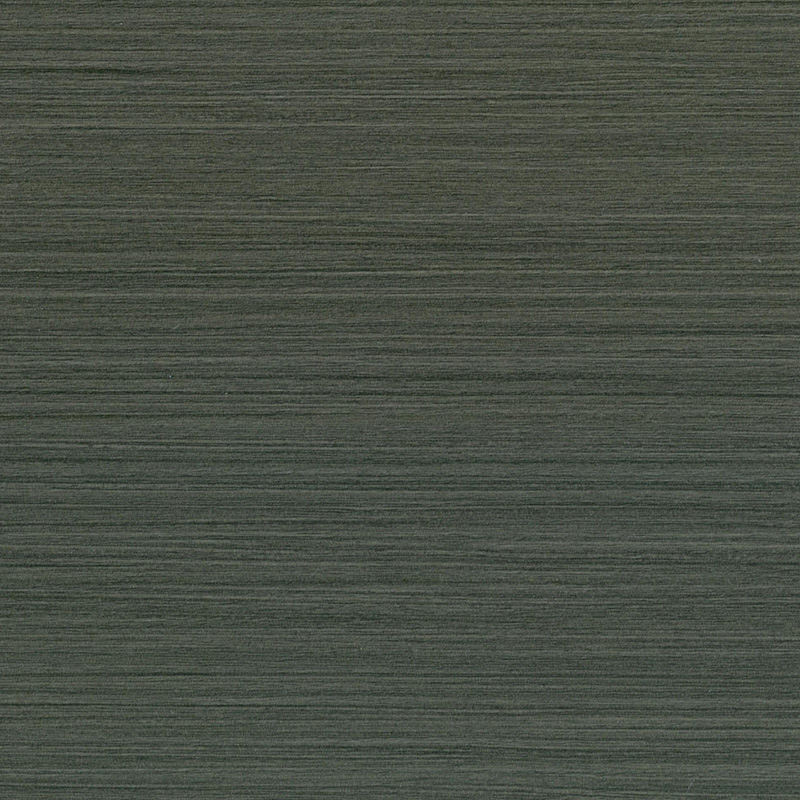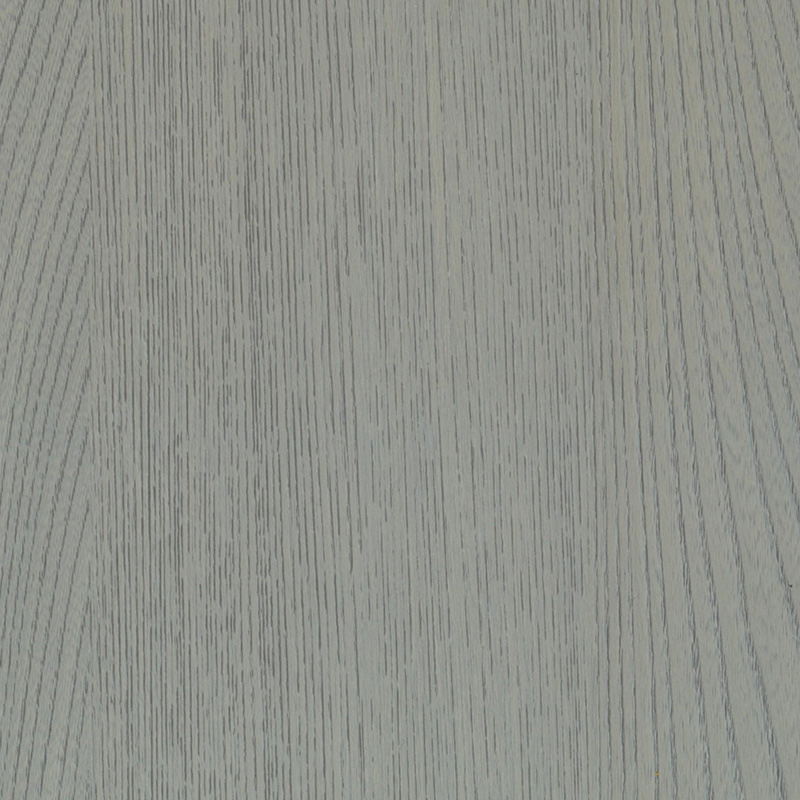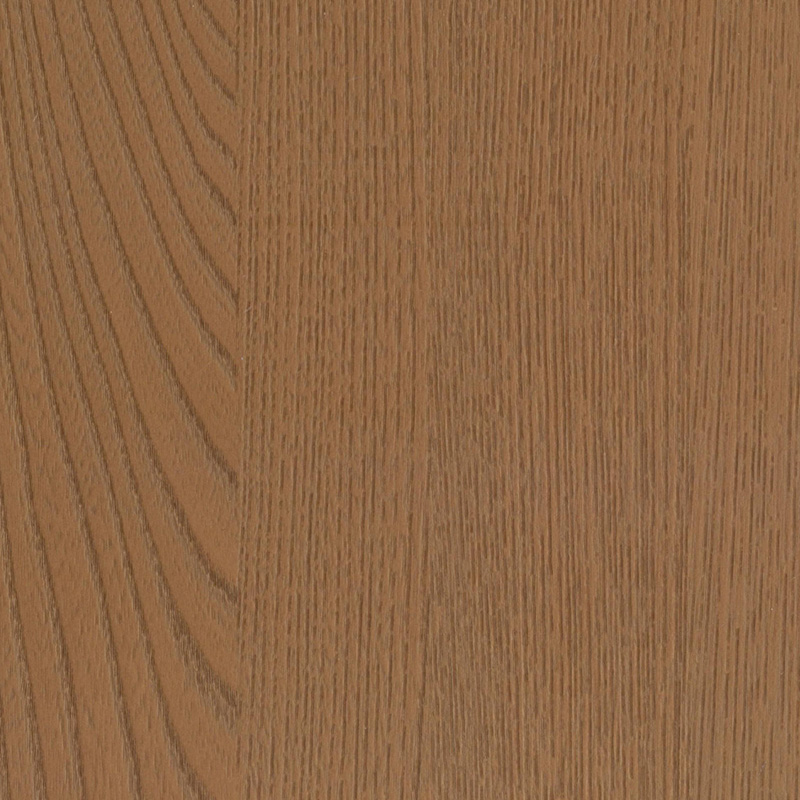Transform Your Space with PVC Window and Furniture Films
PVC window film and PVC self‑adhesive film for furniture offer versatile solutions for interior updates without major renovations. Both materials are manufactured from polyvinyl chloride, a resilient polymer that can be formulated to meet a variety of aesthetic and functional requirements.
PVC window film typically consists of multiple layers: a core polyvinyl chloride film, optional decorative or patterned overlays, and an adhesive backing or static‑cling layer. The core layer provides dimensional stability, resistance to moisture, and a degree of impact protection. Decorative overlays can simulate frosted glass, geometric patterns, or subtle color gradients, broadening the design palette. Adhesive systems range from removable pressure‑sensitive adhesives to non‑adhesive static‑cling formulations, allowing either temporary or semi‑permanent installations on glass or smooth transparent surfaces.
Functionally, PVC window film can reduce glare by diffusing incoming light and can offer a privacy screen by obscuring direct lines of sight. Certain variants incorporate low‑emissivity coatings or metalized layers that reflect infrared radiation, contributing to improved thermal comfort and energy efficiency. In spaces such as office partitions, conference rooms, classrooms, and residential bathrooms, window film transforms plain glazing into a control element for brightness and seclusion. In addition, patterns and textures create visual interest without sacrificing openness or daylight access.
PVC self‑adhesive film for furniture shares a similar multilayer structure, with a printable or decorative top layer and a pressure‑sensitive adhesive below. The decorative finish can mimic wood grain, marble, concrete, or solid colors, opening up possibilities for cabinet doors, tabletops, shelving units, and drawer fronts. A clear protective laminate may overlay the printed surface, enhancing scratch resistance and facilitating clean‑up. The adhesive backing is engineered for strong initial tack and peel strength, yet it can be removed cleanly from many substrates when desired.
When applied to furniture, PVC self‑adhesive film conceals existing wear and tear while establishing a cohesive look. It is a cost‑effective alternative to repainting or full replacement, and it can adapt to seasonal or stylistic shifts by simply swapping one film for another. Commercial settings such as cafés, retail displays, and reception desks benefit from the ability to refresh surfaces in a short timeframe. In private homes, film can be used to coordinate mismatched pieces or to give new life to aging cabinetry.
Installation of both PVC window film and self‑adhesive furniture film follows similar steps: surface preparation, precise cutting, application, smoothing, and edge trimming. Surfaces must be thoroughly cleaned of dust, oils, and residues to ensure reliable adhesion. For window film, a soapy water solution allows positioning and bubble removal before the film sets. For furniture film, a squeegee or roller guides the material into place, and a sharp knife trims excess at corners and edges. Proper technique smalls creases and bubbles.
Maintenance is straightforward: both film types can be wiped with a soft cloth and mild detergent. Avoid abrasive pads or harsh solvents that could damage decorative overlays or compromise adhesive integrity. From an environmental standpoint, PVC films are recyclable in specific programs, and selecting phthalate‑free formulations reduces health concerns. Both products offer a way to extend the lifespan of existing installations, thereby contributing to waste reduction and resource conservation.
In summary, PVC window film and PVC self‑adhesive film for furniture present adaptable, low‑impact strategies for interior enhancement. By blending form and function, these films deliver visual upgrades, performance benefits, and cost savings. Whether applied to glazing or cabinetry, they offer a practical path to refreshed spaces with small disruption.

 English
English русский
русский Español
Español عربى
عربى Deutsch
Deutsch





